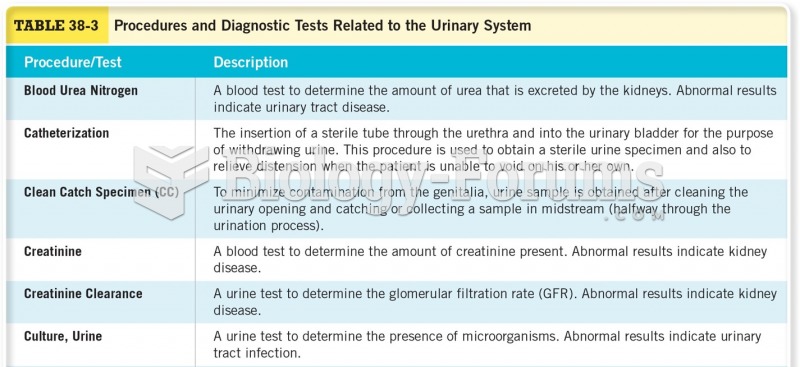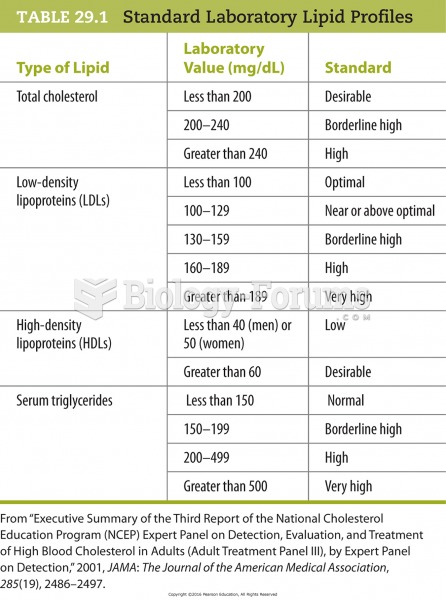Which laboratory tests might be ordered to investigate W.R.'s condition? If the order is appropriate, place an A in the space provided. If inappropriate, mark with an I. Provide rationales for your decisions.
1. Complete blood count (CBC)
2. Electroencephalogra m (EEG) in the morning
3. Basal metabolic panel (BMP)
4. Prothrombin time (PT) and partial thromboplastin time (PTT)
5. Bilirubin
6. Urinalysis (UA)
7. STAT 12-lead electrocardiogram (ECG) and repeat in the morning
8. Type and crossmatch for 2 units of packed red blood cells (PRBCs)
9. Chest x-ray on admission and in the morning
Question 2
The time is 1900. You are working in a small, rural hospital. It has been snowing heavily all day, and the medical helicopters at the large regional medical center, 4 hours away by car (in good weather), have been grounded by the weather until morning.
The roads are barely passable. W.R., a 48-year-old plumber
with a 36pack-year smoking history, is admitted to your floor with a diagnosis of rule out myocardial
infarction (R/O MI). He has significant male-pattern obesity (beer belly, large waist circumference) and a
barrel chest and reports a dietary history of high-fat food. His wife brought him to the emergency department
after he complained of unrelieved indigestion. His admission vital signs (VS) were blood pressure
(BP) 202/124 mm Hg, pulse (P) 106 beats/min, respirations 18 breaths/min, and oral temperature 98.2
F (36.8 C). W.R. was put on oxygen (O2) by nasal cannula (NC) titrated to maintain Spo2 over 92 and
started on an IV nitroglycerin (NTG) infusion. He was given aspirin 325 mg to chew and swallow and was
admitted to Dr. A.'s service. There are plans to transfer him by helicopter to the regional medical center
for a cardiac catheterization in the morning when the weather clears. Meanwhile, you have to deal with
limited laboratory and pharmacy resources. The minute W.R. comes through the door of your unit, he
announces he's just fine in a loud and angry voice and demands a cigarette. He also says he has no time
to fool around with hospitals.
What is the first priority in his care?
Are these VS reasonable for a man of his age? If not, which one(s) concern(s) you? Explain
why or why not.
Identify five priority problems associated with the care of a patient such as W.R.







